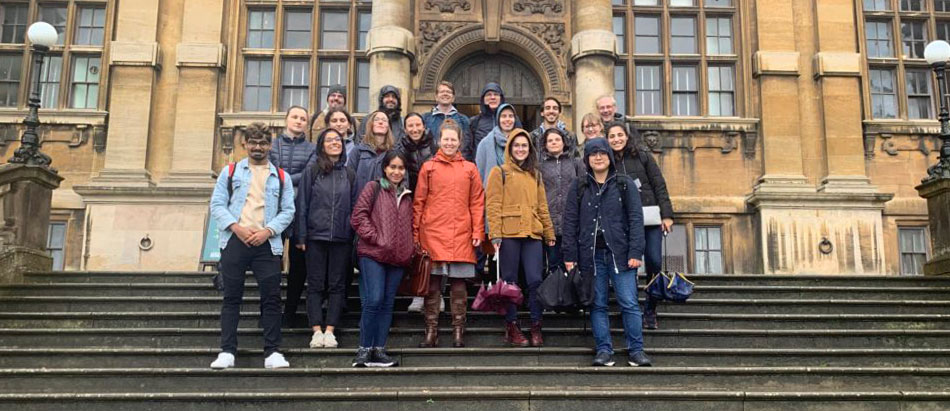
Chasing the Bigger Picture – the Promise of a Tinnitus Research Consortium
By Hazel Goedhart
This was my second time at a TIN-ACT meeting. [Well, really the third time, but I missed most of the last meeting in Berlin because my mom fell sick.] It was nice meeting the PhD students, their supervisors and the TIN-ACT managers again, this time in the UK at the Hearing Sciences section of Nottingham University.

Being an EU-funded programme, the irony of this meeting being held in the UK was not lost on the attendees. And indeed, Brexit won’t be good news for tinnitus research, which depends heavily on collaboration across disciplines and geographies. But politics aside, it was a good meeting that gave me more insight into the research going on within TIN-ACT.
Update on TIN-ACT Research
The core of the meeting was a poster session, where each of the 15 PhD projects was presented. The projects are about one year in, so results are extremely preliminary, but most of the students seem to be making good progress.
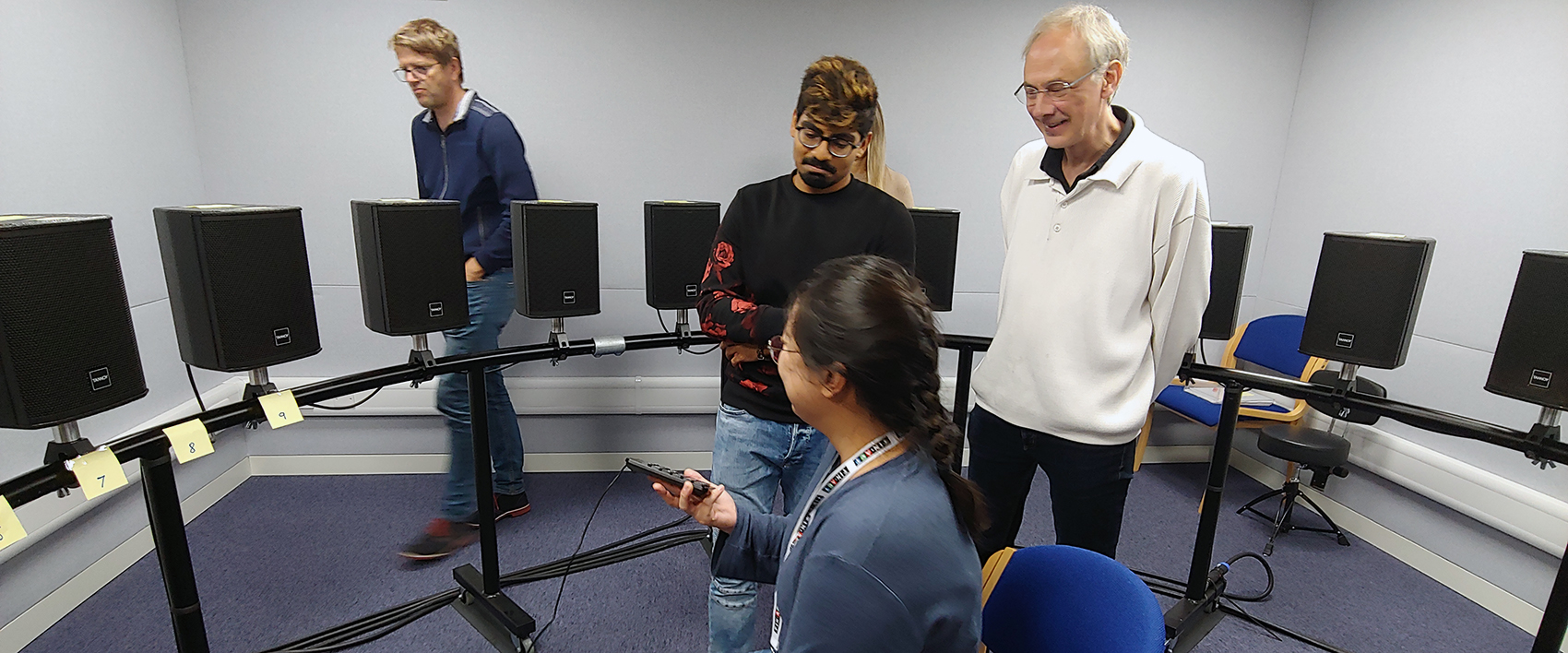
As a tinnitus patient, I am fascinated by how and why my brain produces this unwanted sound and convinced that understanding this means we can resolve it. Therefore, I’m very happy to see a significant focus on the ‘pathophysiology’ of tinnitus within this research programme. Other relevant topics are also being addressed, such as identifying an objective ‘marker’ for tinnitus and defining tinnitus sub-types; both of which are thought of as prerequisites to finding a cure. A couple of the students are also working on potential new treatments, such as trying to achieve tinnitus suppression through electrical stimulation of cochlear implants.
I think it’s too soon to discuss results of the studies here, but we’ll follow up on that over the coming year(s). Please see my previous blog post on TIN-ACT for a more elaborate summary of the various PhD projects.
My Impressions of the Meeting
Observing the TIN-ACT consortium as a tinnitus patient, it certainly feels like a lot of valuable work is being done. But it’s also hard to see how it all fits together. It does feel like more and more crucial small pieces of the puzzle are being generated, but the bigger picture of how to integrate those pieces and translate them into practical applications isn’t always clear. Perhaps it’s too soon to expect this; I certainly hope to learn more about this during the course of the programme.
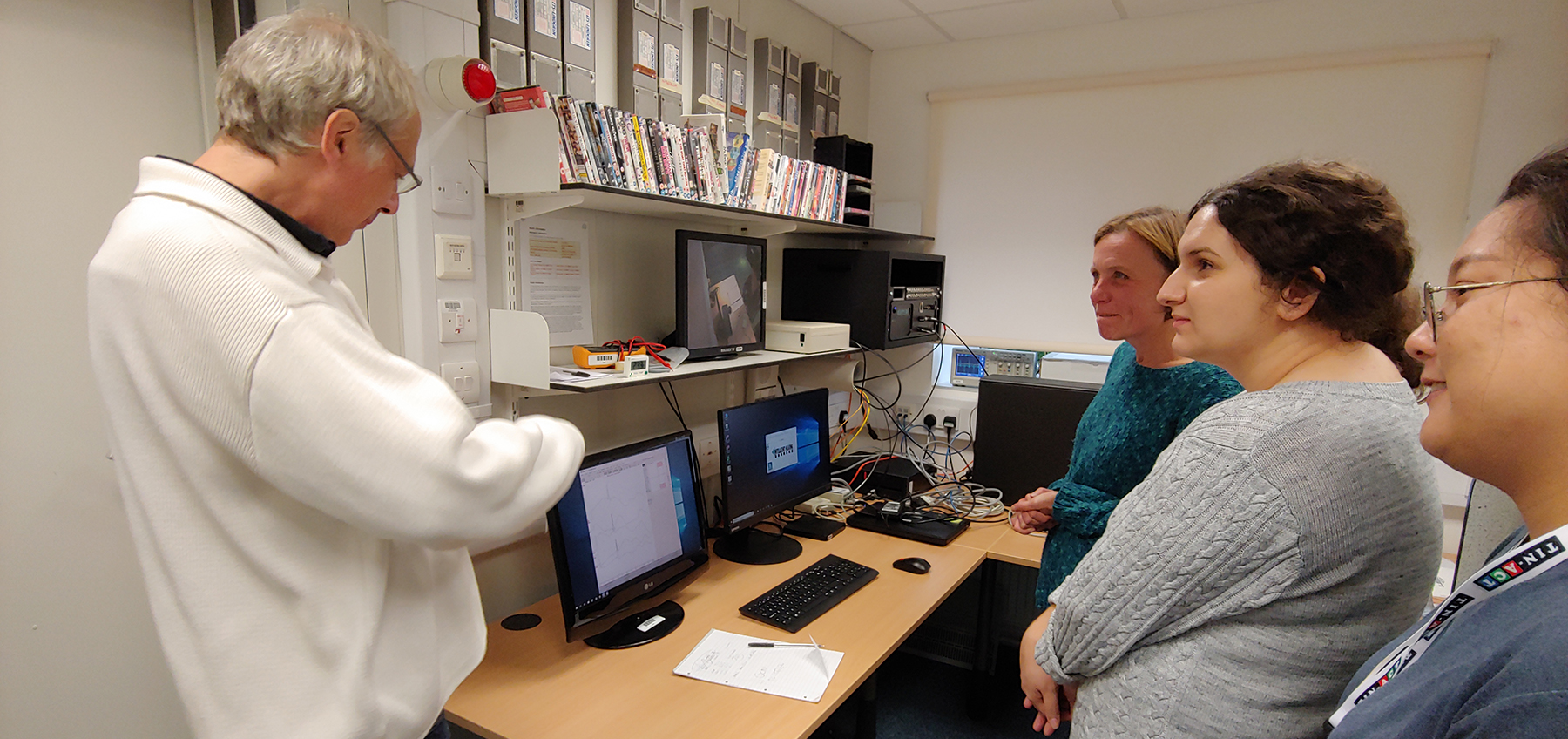
Furthermore, I hope for TIN-ACT to take a leading role in ‘translating’ research for a lay audience. Tinnitus patients want to understand more about research and how/why it’s relevant to them. Hence, I proposed to TIN-ACT management that students all publish lay summaries of their work. These summaries should not just explain research outcomes in easy-to-understand language, but also make clear why these findings are important or helpful to patients. In purely academic writings this is far too often left out or not considered at all. I offered that Tinnitus Hub provides some guidance for the students around this, for instance by forming a patient panel to review the lay summaries.
On a totally different note, I enjoyed the educational lectures that were delivered in Nottingham. We covered the basics of ear anatomy and auditory perception – the students come from many disciplines, so this is not necessarily familiar to all of them. Advances in neural imaging techniques were covered, and there were visits to several on-site labs. Below, I will cover the lecture that was of most interest to me personally.
‘Mini-Report’ on Phantom Pain Lecture
Dr. Katrin Krumbholz talked about the analogy between phantom pain and phantom sound (tinnitus). Neither conditions are well understood yet, but both are hypothesised to be somehow caused by the loss of input to certain brain regions.
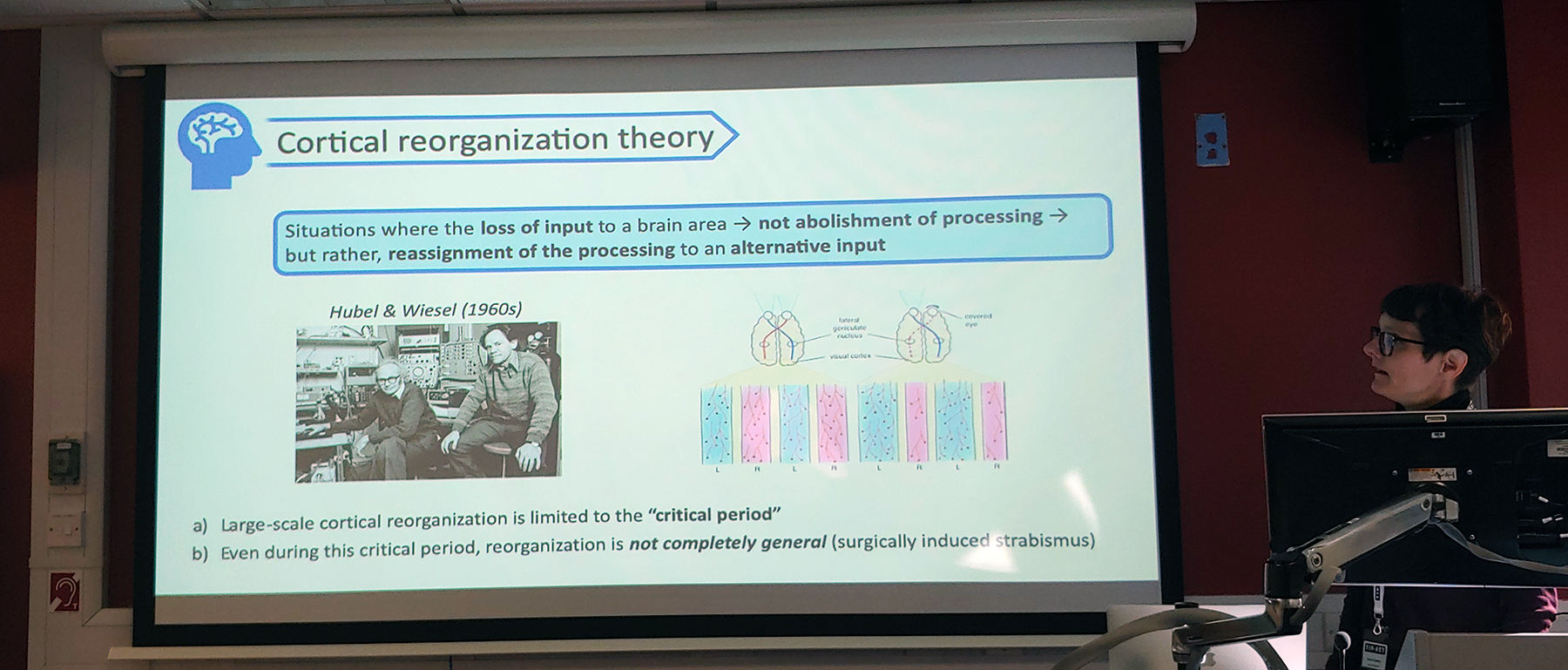
In the case of phantom limb, the dominant hypothesis is that losing sensory input to the part of the brain where this input is normally processed will lead to “cortical reorganisation.” This means that the starved brain regions start processing input from other body parts, which has been proven to be the case in animal models. But this reorganisation can cause a “coding error” in higher brain regions that struggle to deal with the changed input, and this expresses itself as pain perceived in the lost limb. In the case of tinnitus, the same mechanism could apply when it comes to lost hearing input: The starved frequencies of the auditory cortex start processing other frequency inputs, but our higher brain regions get confused and interpret this as a phantom sound that matches the lost frequency. And indeed, it has been shown that tinnitus is most often heard at those frequencies where the patient has lost hearing.
Are you still with me?!?
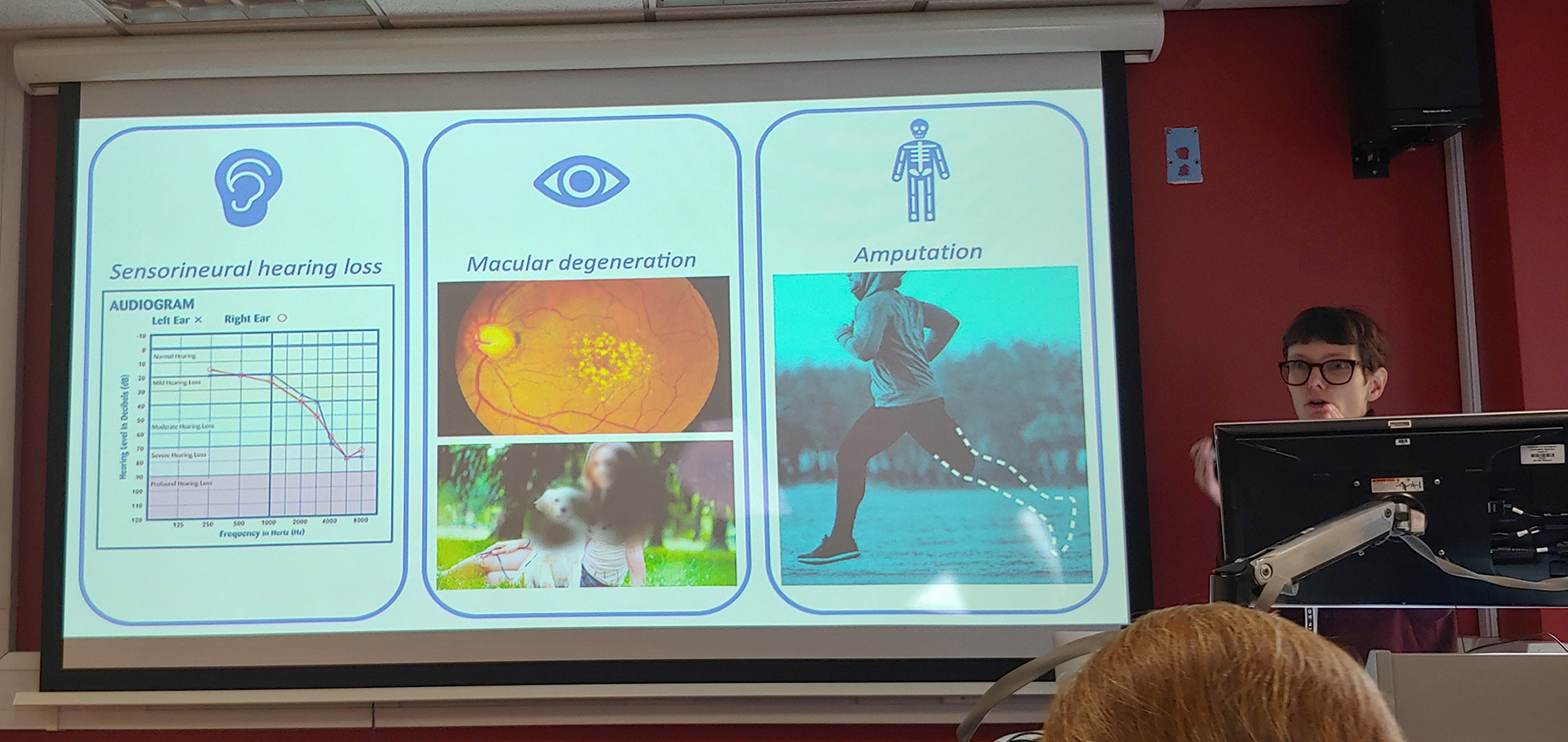
An alternative theory is that phantom limb pain is caused not at all by cortical reorganisation, but rather by the persistence of the input deprived regions; in other words, although your arm is no longer there, the part of your brain that used to receive input from the arm keeps on trying to process the lost input and this somehow causes pain. In tinnitus, this would mean that the regions of the auditory cortex that used to process certain frequencies persist even after these frequencies are lost, and keep trying to process the lost input, which somehow translates into a phantom sound. According to this theory therefore, tinnitus is not a result at all of reorganisation of the brain, but rather a result of failure of the brain to reorganise and adapt to the loss of input.
The latter theory somehow makes more intuitive sense to me, for what it’s worth.
Get Involved!
Do you want to know more? Do you want to talk with TIN-ACT researchers directly? Are you interested in helping out with the lay summaries mentioned above?
You can join the discussion in this thread on our forum, or leave a comment below.






Write a Comment